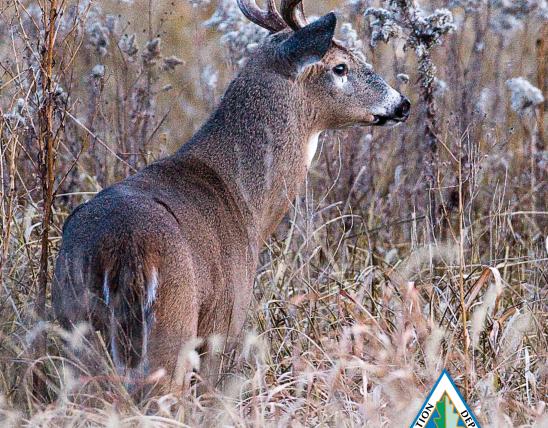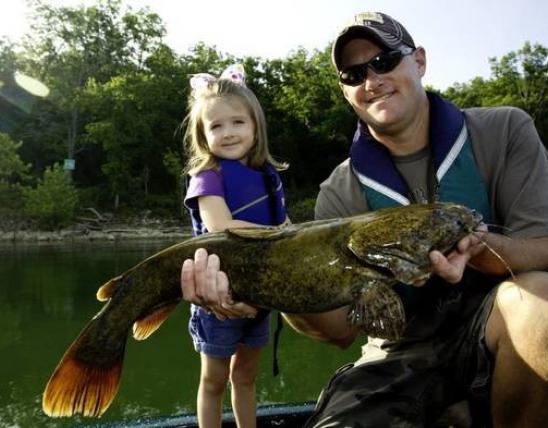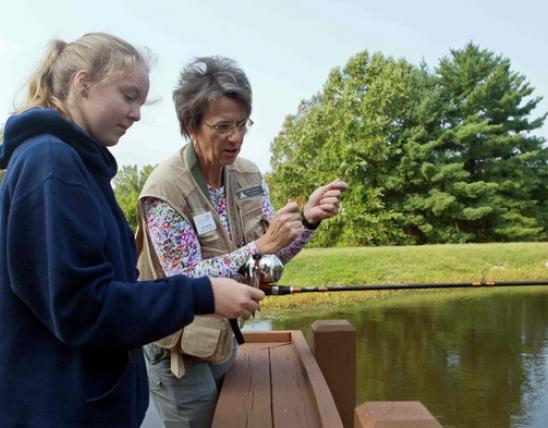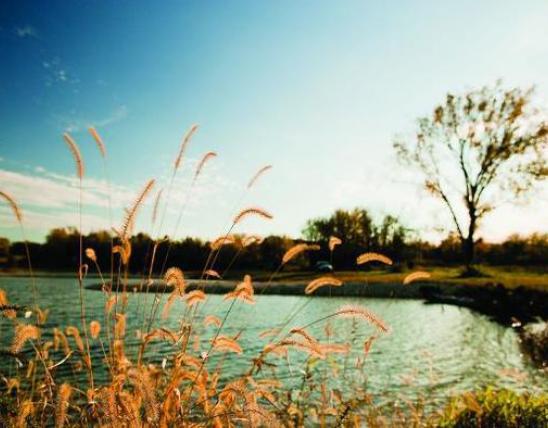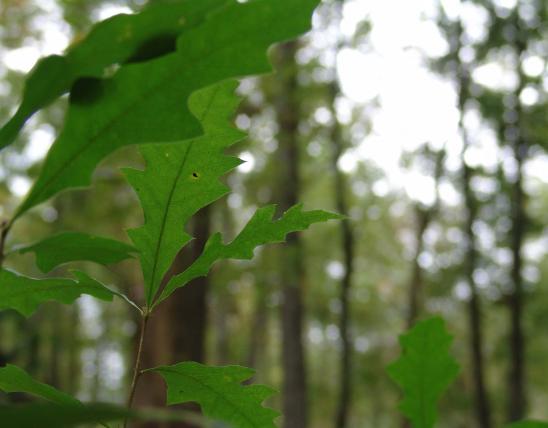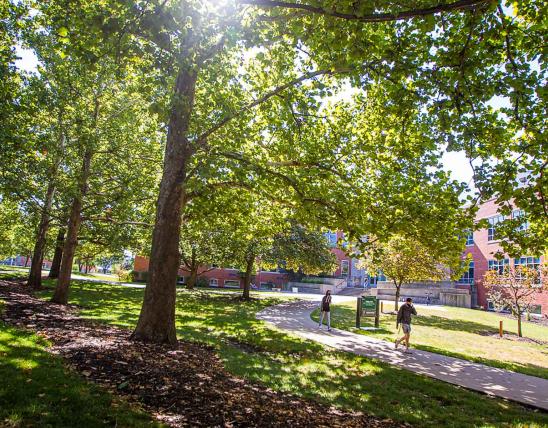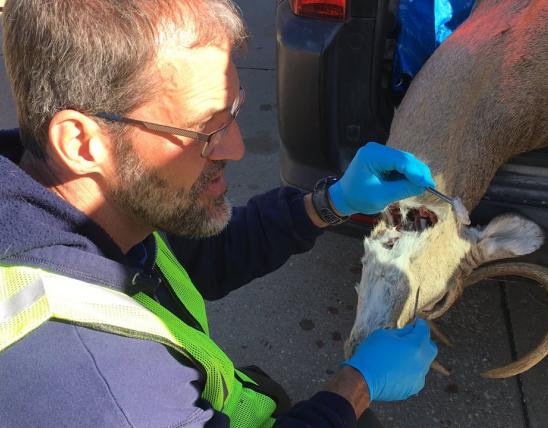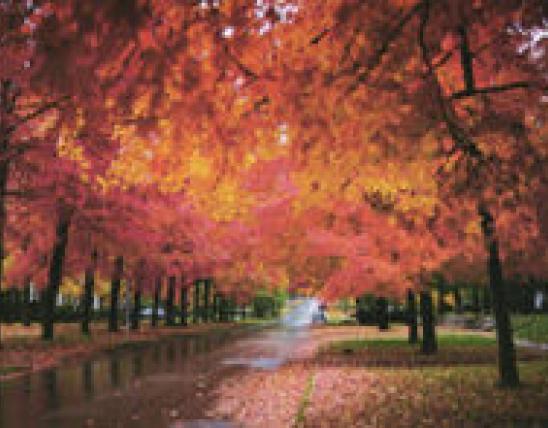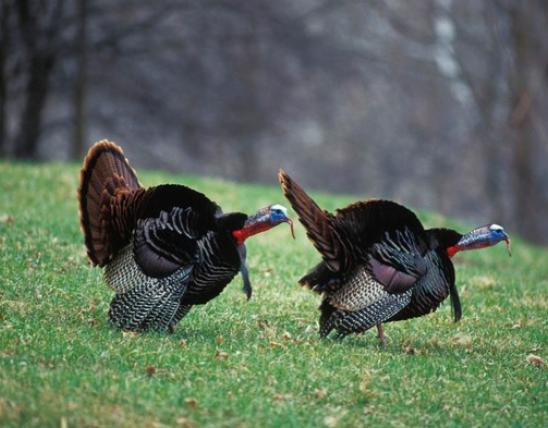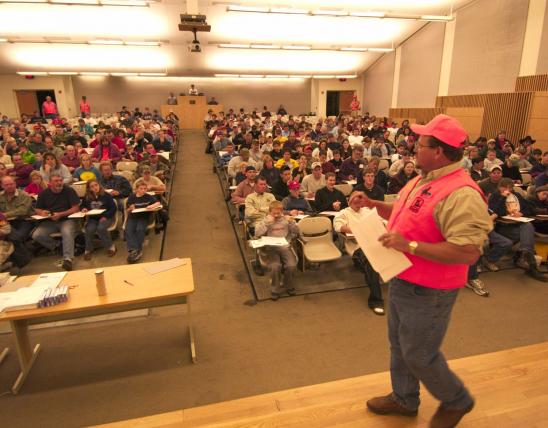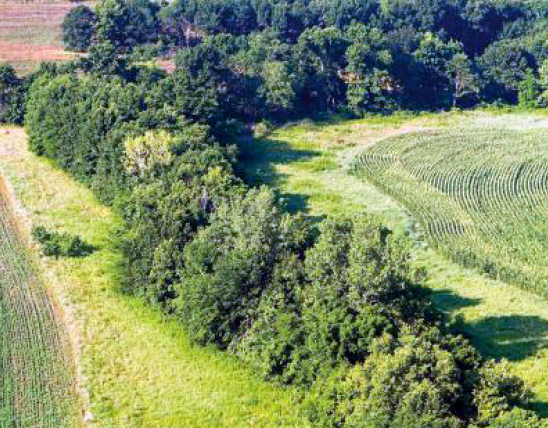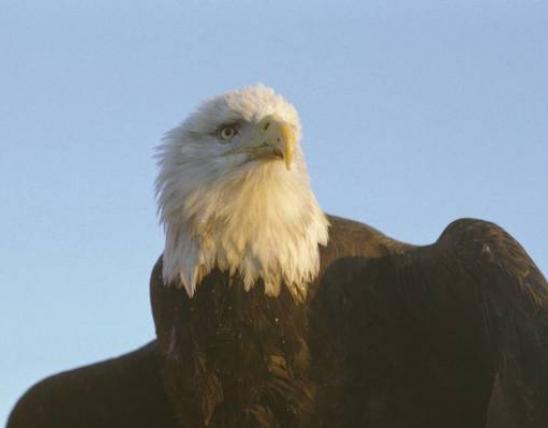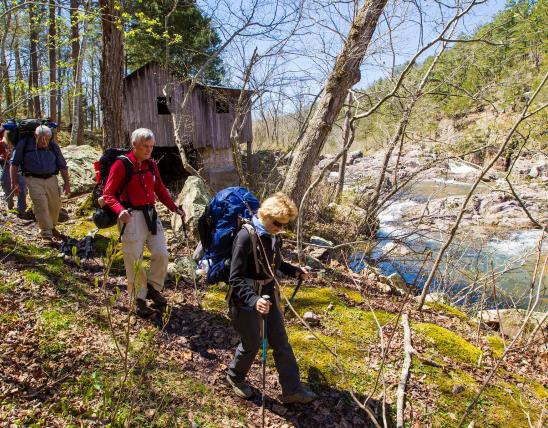Fescue was introduced from Europe and has been spread widely by cultivation and animals throughout most of the U.S. and southern Canada. Both tall fescue and meadow fescue are common cool-season pasture grasses in Missouri. Throughout this article, they will be referred to collectively as fescue.
Some people plant fescue as forage for livestock, turf, or erosion control, but this perennial can cause problems when it invades natural ecosystems. Fescue outcompetes native plants, releasing allelopathic substances that are toxic to nearby plants. The seeds are slow to establish, but they eventually form dense, solid stands that are almost impossible to pull out of the ground. Fescue can withstand trampling and heavy grazing by livestock.
Eradicating fescue is difficult, but the following recommendations will help you find and remove this pesky grass.
Identification
These tall, coarse grasses have short, creeping rootstocks and grow in heavy clumps with erect stems 2 to 5 feet tall. The heavy clumps have thick mats of roots that make it almost impossible to pull the fescue out of the ground. The leaves are 4 to 5 inches long, smooth on the undersurface and usually rough above. The nodding panicles are usually 2 to 10 inches long and are somewhat narrow and slightly spreading.
Flowers occur in flat, oval spikelets that are 0.3 to 0.5 inches long. Usually, 6 to 12 individual flowers occur in each spikelet of meadow fescue and four to five flowers are in each spikelet of tall fescue. Fescue emerges in early spring, and often forms new growth in the fall after the seed matures in July and August.
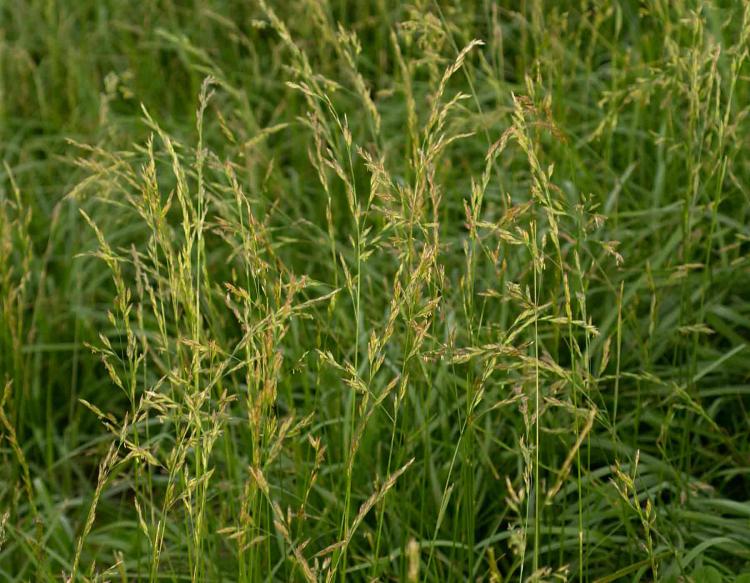
Effects on Natural Areas
Fescue occasionally invades open natural communities, such as prairies and glades, often through animal manure. In a few places, it is changing the species composition and possibly is crowding out native species. This alien plant has the potential to become a significant problem because of its adaptability to poor sites, allelopathic character, and difficulty of eradication.
Grasses, in general, are difficult to identify, and fescue should be accurately identified before attempting any control measures. If identification of the species is in doubt, the plant's identity should be confirmed by a knowledgeable individual and/or by consulting appropriate books.
Title
Control Recommendations in High-Quality Natural Areas
Effort in areas of heavy infestation
To control a major invasion of fescue in native prairies, the Department recommends applying a herbicide in the fall. Complete the following steps before application for best results.
- The year before herbicide application, remove residual vegetation with a mid to late July haying or another method. This prevents residual vegetation from that limiting the exposure of chemicals to the fescue when you spray.
- Rest the prairie the year of application to allow the native vegetation to complete its normal cycle so it will be dormant before the application date.
- Wait for several killing frosts and a subsequent warm-up period before applying herbicide. Scout the prairie just prior to the application date to ensure prairie species are dormant and fescue is active. If some prairie species appear to be photosynthesizing, consider delaying the application or expect some damage to those species.
After completing these steps, apply Roundup with 10 gallons of spray containing 1 quart of Roundup and 6 ounces of surfactant. Hand-held sprayers or wick/wiper applicators may be used. By law, herbicides may only be applied as per label directions.
The spring after the herbicide application, consider a prescribed burn to damage remaining fescue and reduce competition for native vegetation. For best results, burn between April 1 and April 20, when fescue is actively growing and native grasses are beginning to show new leaf material. Native vegetation will grow and provide further competition for fescue trying to rebound during the summer and fall period.
Effort in areas of light infestation
A prescribed burn in late spring should help eliminate young plants. Repeated burnings for two to four years may be needed to achieve good control. If the burn is insufficient, use spot applications of 1 to 2 percent Roundup or Fusilade 2000 (according to label instructions) with a hand-held sprayer or wick applicator in early spring or late fall. Fusilade 2000 selectively kills grasses and does not kill broadleaf plants. Do not spray so heavily that herbicide drips off the target species. A few isolated clumps may be dug up by hand.
Maintenance control
Remove surrounding seed sources where it is possible to prevent seed from continually moving into the natural area. Livestock should be kept out of the area, because seeds are spread in manure. Invasive seedlings and young plants should be eliminated by hand digging or spot applications of either 1 to 2 percent Roundup or Fusilade 2000 the first year.
Title
Control Recommendations for Lands Other than High-Quality Natural Areas
Initial effort in areas of heavy infestation
The site should be burned in late spring and sprayed with 1 to 2 percent Roundup the following fall. It may be necessary to burn and spray two or three years in a row.
Effort in areas of light infestation
Late spring prescribed burning helps eliminate young plants and is a preferred treatment. A few isolated clumps may be dug up by hand. After a burn, use spot applications of 1 to 2 percent Roundup or Fusilade 2000 in early spring or late fall.
Maintenance control
Follow the same recommended control practices as high-quality natural communities.
Title
Failed or Ineffective Practices
The following practices should be avoided:
- Pulling by hand is almost impossible because of the tough root system. Digging up clumps is slow and sometimes undesirable in a high-quality natural area.
- Mowing does not reduce existing populations and may encourage spreading by rootstocks.
- Fire usually is ineffective when fescue is dormant.
- Most herbicides are ineffective if applied while fescue is dormant or after mowing.
- Tillage usually is not an effective way to control any species in a natural area, but may be used in severely disturbed buffer areas.
- Grazing is ineffective since it usually eliminates other species first and encourages the spread of fescue.
- Manipulating water levels usually is not practical on natural areas where fescue occurs.
- No feasible biological controls are known in natural areas.

